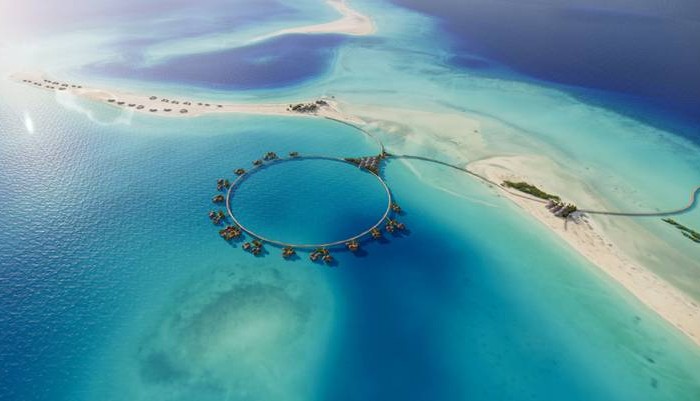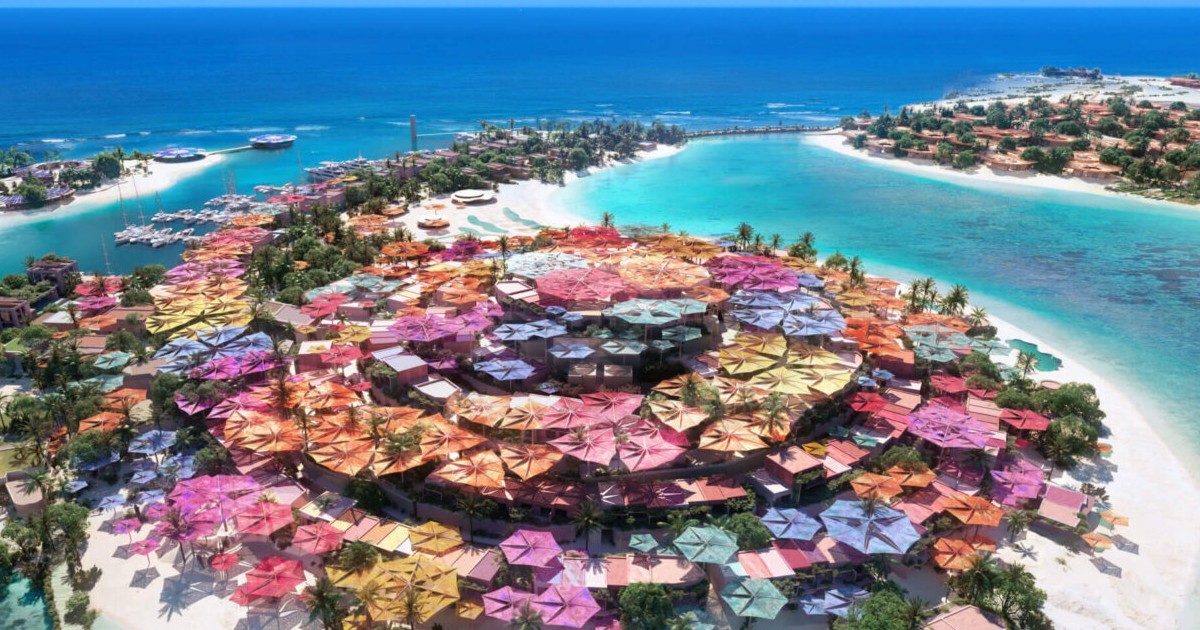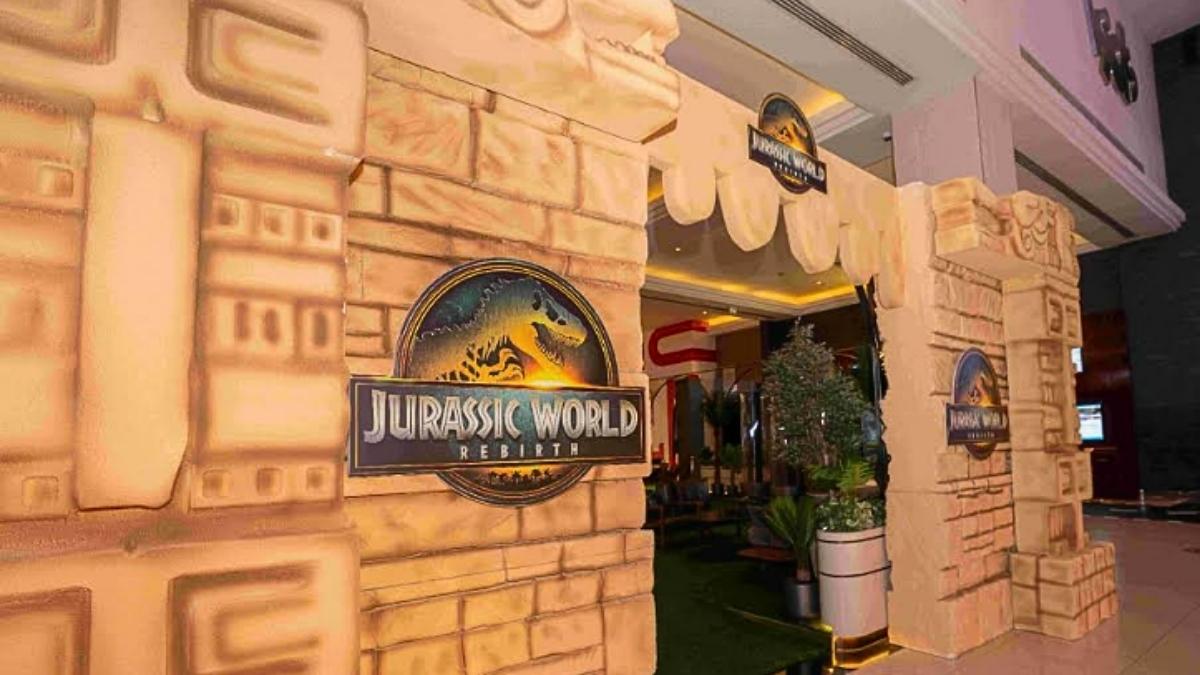A new luxurious island hotel situated on Saudi Arabia’s west coast, by the Red Sea, is set to be developed by Hyatt Hotels with hydrogen powering its transportation. Cars, helicopters, e-bikes, golf buggies, vans, trucks, seaplanes, and buses will be powered by both hydrogen and electricity as part of a smart solution to reduce the carbon footprint of the island. This hotel is part of Saudi Arabia’s Red Sea Project which aims to develop a luxury tourism destination around the Red Sea while preserving the beauty of the landscape and supporting the transition to zero-emissions.
🏖️ A @Hyatt affiliate has entered into an agreement with the @TheRedSeaGlobal to build a luxury resort https://t.co/4wFdeCyeqS
— Global Franchise (@globalfranmag) October 28, 2021
The Red Sea Project Is World’s Most Ambitious Regenerative Tourism Project
John Pagano, CEO at The Red Sea Development Company, said, “The Red Sea Project is the world’s most ambitious regenerative tourism project and in order to deliver against our commitments, it is essential that we work with leading international brands like Hyatt. The Red Sea Development Company, developer of the mega-tourism project on Saudi Arabia’s west coast, is exploring more sustainable ways for visitors to fly into the ultra-luxury destination, including using hydrogen-fuelled seaplanes to access its islands in the future, as part of conservation efforts.”
Also Read:Saudi Arabia Welcomes Fully Vaccinated Tourists From India; Flight Details & Guidelines Here
Greener, Sustainable Options Will Be The Future Of Travel
In the meantime, they are looking into more immediately available options for greener travel through carbon sequestration and use of sustainable aviation fuels on flights serving its international airport, which will run entirely on renewable energy, John Pagano said at the Future Investment Initiative in Riyadh on Wednesday.

Together, these measures are expected to save 5,00,000 tonnes of carbon dioxide that would otherwise by emitted each year, doubling to 1 million tons of carbon reductions when factoring in the adjacent mega-tourism project Amaala, said Mr. Pagano, the chief executive of both companies.
The large-scale project, being developed by Amaala and TRSDC are part of the Emirates’ efforts to diversify and cut its dependence on oil revenue. They are targeting a 30 per cent net conservation benefit over the next two decades across the entire area of the projects.
“What that means is that those beautiful mangroves and coral reefs will be more plentiful in years to come, enabling biodiversity to flourish,” Mr Pagano said.
Also Read: Saudi Arabia Reopens For Vaccinated Tourists: Here Are All The Rules You Must Know
Saudi Arabia Aims To Reduce Its Annual Carbon Emission
The company is working with the King Abdullah University of Science and Technology to grow coral in a lab to be put back into the sea and is working on a tagging programme to boost the population of the critically-endangered hawksbill turtle.
In addition to its pledge to reach net-zero carbon emissions by 2060, Saudi Arabia also plans to more than double its target of reducing annual carbon emissions to 278 million tonnes by 2030. The kingdom’s pledge to reach net-zero emissions by 2060 includes only its domestic emissions, not the carbon dioxide released from use of its crude products across the world.
TRSDC project is expected to welcome its first guests by the end of 2022, when the international airport and first hotels are due to open, and you’ll be hearing about it from us again when it’s finally open for us to visit!
Also Read: Saudi Arabia, Mauritius & 5 Other Countries Are Now Accepting Visa Applications From India
First Published: October 29, 2021 1:29 PM



